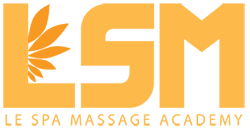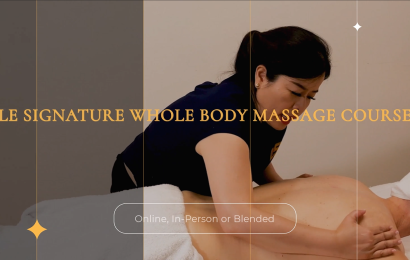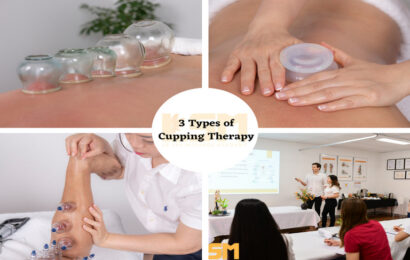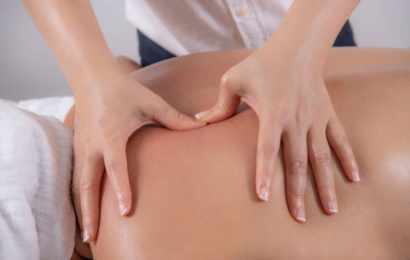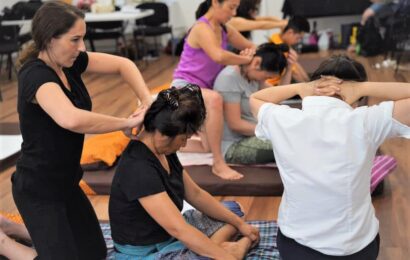
- Instructor: Kim Le Robertson
- Duration: 2 days
WHAT IS LE SIGNATURE WHOLE BODY MASSAGE COURSE?
The Fusion of East and West:
Le Signature Whole Body Massage is a holistic blend that harmonizes the physical and energetic aspects of your being. Drawing from Western methodologies, which meticulously address muscular tension and discomfort, and Eastern therapies, which focus on the flow of vital energy along meridians, our massage encapsulates the best of both worlds. This harmonious integration not only offers relief for muscular stress but also revitalizes your body’s energy pathways, leaving you with a profound sense of balance and well-being.
Elevating the Senses:
At Le Spa, we believe that true relaxation encompasses more than just the physical body. Our Le Signature Massage takes you beyond the ordinary, engaging all your senses in a symphony of serenity. The gentle art of deep breathing aligns your body and mind, while aromatherapy indulges your olfactory senses, transporting you to a world of tranquillity. The interplay of soothing touch, captivating sights, calming sounds, delicate scents, and even a hint of taste converge to dissolve tension and guide you into a realm of profound relaxation, where stress becomes a distant memory.
COURSE RECOGNITION AND EXPERTISE:
At Le Spa Massage Academy, we take pride in offering a comprehensive 2-day training course that covers the fundamentals of Swedish Massage. Under the guidance of Kim Le Robertson, a revered expert with over two decades of international experience, you will embark on a transformative journey. The course blends theoretical sessions with extensive hands-on practical training, ensuring you grasp both the core concepts of massage therapy and essential relaxation techniques.
Our course holds prestigious recognition from the International Institute for Complimentary Therapists (IICT), where Le Spa Massage Academy stands as a Platinum Training Provider. Upon completing the course and receiving your Professional Certificate in Le Signature Whole Body Massage, you’ll be eligible for IICT professional membership, opening doors to a world of benefits. Additionally, the course is approved by the Massage Association of Australia (MAA), further solidifying its credibility and value.
DELVE INTO THE CURRICULUM:
Prepare to delve into a comprehensive curriculum that unravels the intricacies of massage therapy and its profound impact. The course content includes:
- History of massage therapy
- Types of massage and massage techniques
- Basics of anatomy and physiology
- Benefits and contradictions
- Principles of good massage practice
- Posture of massage therapists
- Consultation and assessment
- Grooming and draping standards
- Communication skills for massage therapists
- Preparation of massage equipment and amenities
- Le Signature Whole Body Massage sequence
LE SIGNATURE WHOLE BODY MASSAGE COURSE INCLUDES:
Prone (face down)
- Back Massage (trapezius, rhomboid, latissimus dorsi, erector, and QL)
- Buttock (gluteal muscles)
- Neck (scapular, trapezius & suboccipital muscles)
- Back of the leg (foot, achilles tendon, gastrocnemius, soleus & back of the thigh)
- Scalp Massage
Supine (face up)
- Arms
- Front of the legs
- Abdomen
- Shoulder and Neck
- Face and Scalp
MASSAGE TECHNIQUES COVERED
- Effleurage: A gliding manipulation of superficial tissues
- Petrissage: A group of techniques that repetitively lift, roll, stretch compress, knead or squeeze the underlying tissue.
- Tapotement or Percussion: Use your hands to repeated lightly or firmly, rhythmical striking manipulation of the superficial and deep tissues that is followed by a quick rebound
- Friction: Repetitive, non-gliding deep pressure that mobilises tissues and targets local adhesions.
📘 FREE Download: Le Signature Whole Body Massage Techniques Guide
Explore the core hands-on techniques used in our popular Le Signature Whole Body Massage Course. Whether you’re a student, therapist, or simply passionate about massage, this beautifully presented PDF offers a professional breakdown of effleurage, petrissage, tapotement, and friction—complete with descriptions, benefits, and usage tips.
💡 A perfect tool for study, revision, or inspiration.
👉 Download your free copy here
ASSESSMENTS
Le Spa Massage Academy will conduct assessments towards the end of the course. Trainees are to receive certificate once competently pass relevant assessments.
ENTRY LEVEL
No previous training or experience necessary and no special equipment required for this training.
DURATION
- 2 official training days (16 hours) plus extra 30 practical hours if needed
- Time: 9am-5pm
WHAT TO BRING
- 3 large-sized towels and 2 small-sized towels
- Your lunch
- Tea and coffee will be provided throughout the course
WHAT TO WEAR
Comfy outfits and short nails
COURSE FEE
Price: $660
Early-bird bookings (4 weeks in advance) receive 10% discount
WHY STUDY WITH US?
Our instructor, Kim Le Robertson has over 20 years of experience working in the remedial massage and beauty industry, and has acquired a high level of experience and knowledge in Western and Eastern approaches to her techniques throughout her career.
Kim has worked and studied in various five-star clinics and Day Spas around the world including in Australia, Thailand, the Dominican Republic, Argentina, Papua New Guinea, Fiji and Vietnam, and has now developed and refined her courses in her unique clinical style, to ensure her students are more than satisfied.
Invest in Your Expertise:
The Le Signature Whole Body Massage Course is a transformative investment in your career. The course fee is priced at $660, with the added advantage of a 10% early-bird discount for bookings made four weeks in advance. This is your opportunity to master the art of relaxation, unlock the secrets of massage therapy, and embark on a path of wellness and success.
LOCATION
08/31 Black Street, Milton, Queensland, 4064
Click here to get to Le Spa Massage Academy.
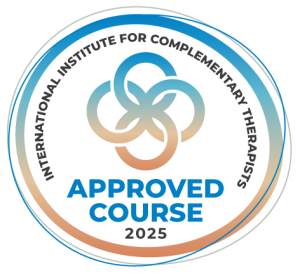

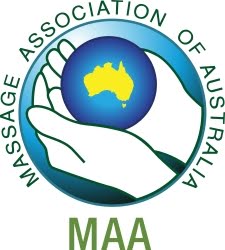
Features
- Hands-on practical training
- A detailed course manual including photos of step by step massage sequence
- Client health assessment/consent form template for professional practice
- Your official certificate issued immediately upon successful course completion
